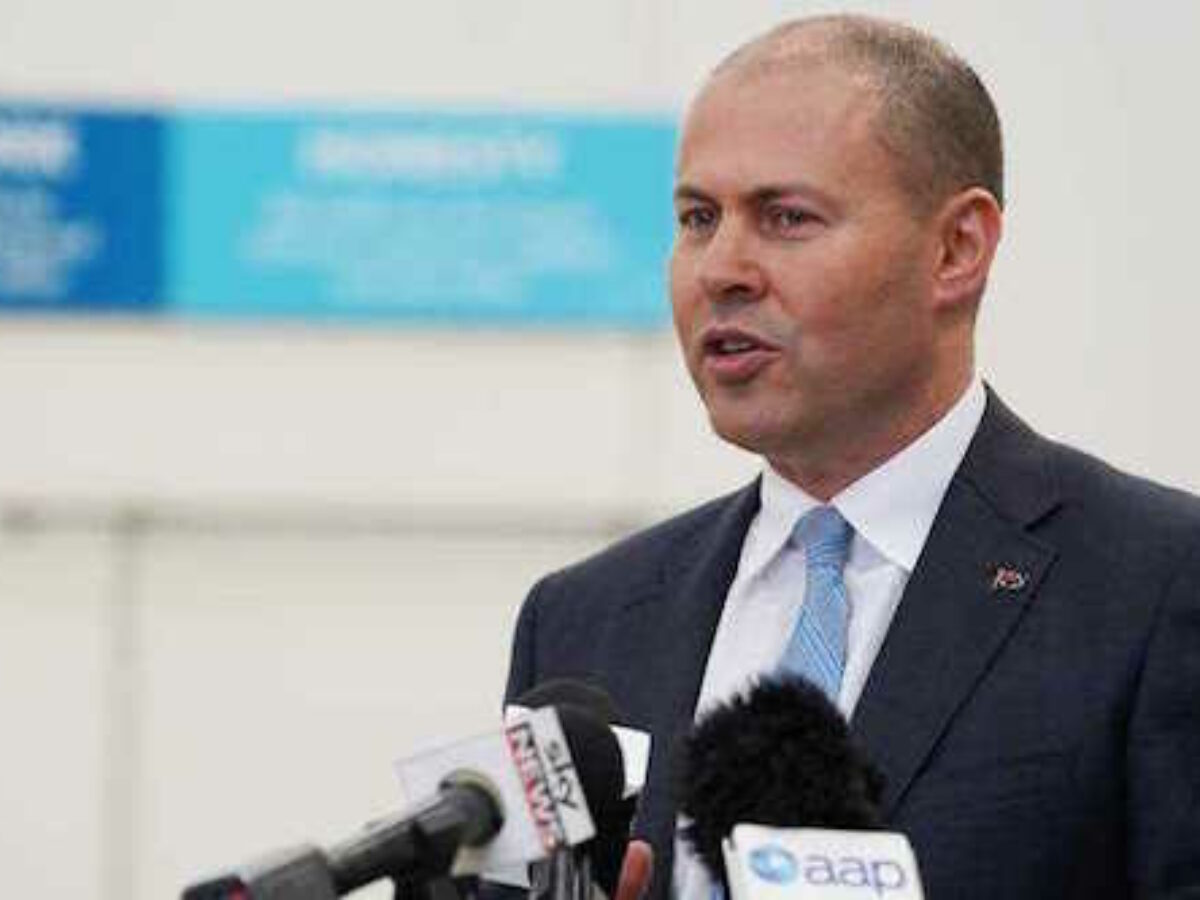Election budget focus on voters, not the economy and industry

Comment by Peter Roberts
This budget was always going to be about saving the federal government’s bacon in an election it looks likely to lose, and Treasurer Josh Frydenberg did not disappoint with cash giveaways to all and sundry with little regard to managing the economy and the budget.
For consumers there was a six-month cut in fuel excise and once-off $420 lifts in tax refunds and $250 once-off welfare payments.
There was massive infrastructure spending especially in the key election states of New South Wales and Victoria – but as critics have pointed out in in many cases neither for projects that are on Infrastructure Australia priority list nor that have business cases.
And for business there was money for occupational training, cash for renewables and recycling and the previously announced upgrades to the Henderson shipyards and investment in four major minerals projects across Western Australia.
The 2020-21 budget included an investment of $1.5 billion over four years for the Modern Manufacturing Strategy, with an additional $328.3 million over five years provided for its six national priority areas.
This time there is $250 million for the Modern Manufacturing Initiative, and $500 million for the Regional Accelerator Program.
And an extra $53.9 million over four years will go towards the Manufacturing Modernisation Fund
However the Treasurer said interest rates are going to start rising as monetary policy ‘normalises’ and they will keep rising until 2024 – with the big spending budget adding to inflationary pressures.
Wages would not quite keep up with inflation.
The biggest number in the budget was the estimate of government debt in 2025-25 of $1,169,000,000 – a debt to GDP ratio of an unprecedented except in times of war 72.5 per cent.
Nothing was attempted nor achieved with a structural government deficit and nothing with overall debt which has to be paid somehow – and likely by the government’s own forecasts in an environment of higher interest rates.
Economist Stephen Koukoulas went to Twitter and said: “That’s not a budget, that’s economic vandalism.
“Adding to inflation pressures, adding to debt in good economic times, adding nothing to productivity.”
Economist Greg Jerico called it in The Guardian a ‘shameless budget’.
And the University of Queensland’s Professor John Quiggan said: “Pre-election budgets are usually dominated by vote-buying handouts, with little attention to long-term needs.
“But even by these low standards, the 2022 budget is a bad one.”
Nonetheless initiatives for industry included four satellites to be designed, built and operated in Australia as part of $1.16 billion earth-observation national space mission.
The project will generate 500 jobs and involve 100 local companies in design and build, and make Australia more self-sufficient when it comes to critical earth observation data, including for natural disasters.
Annual spending will be $39 million .
Existing incentives for employers in the Boosting Apprenticeship Commencement scheme will end on June 30 and be replaced by a new, less generous incentive scheme to encourage businesses to put on more apprentices.
The new Australian Apprenticeships Incentive Scheme gives employers a 50 per cent wage subsidy for apprentices in their first year, up to $28,000, then tapers off in the years afterwards.
There will be lower wage subsidies — 10 per cent for first and second-year apprentices and 5 per cent for third-years — but only for ‘priority’ occupations.
Other innovations in the budget include:
- $60 million to fund better technology to recycle soft plastics like bread bags and chip packets. utilising advanced plastic recycling technology
- Small businesses that spend on new technologies and training courses to upskill staff will be able to claim 120 per cent of the costs as deductions
- A Technology Investment Boost allows businesses to claim a bonus 20 per cent deduction for the cost of expenses and depreciating assets such as portable payment and cybersecurity systems and cloud-based services
- And $9.9 billion for the Australian Signals Directorate (ASD) over the next 10 years to bolster our cybersecurity and intelligence capabilities in a programme dubbed REDSPICE (Resilience, Effects, Defence, Space, Intelligence, Cyber and Enablers package)
Picture: Josh Frydenberg
Subscribe to our free @AuManufacturing newsletter here.
@aumanufacturing Sections
Analysis and Commentary Awards Defence Manufacturing News Podcast Technology Videos










